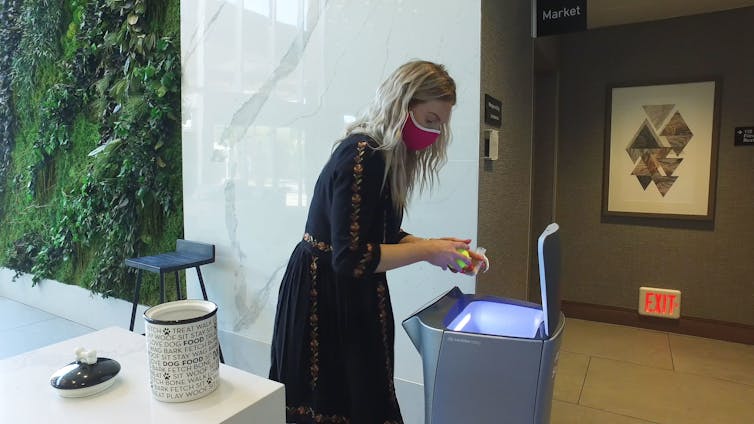Gen Z's reliance on digital communication methods has created challenges in developing comprehensive communication skills, including both verbal and written. Unlike previous generations, they may lack proficiency in comprehensive communication, making it difficult to address imbalances like they were in the past through traditional workshops or mentorship. Recent research indicates that managers and business leaders find Gen-Z to be more challenging to work with compared to other generations. The reasons cited include a lack of technology skills, insufficient motivation and effort, poor communication abilities, and a tendency to take offense easily. If Gen-Z wants to improve their professional standing in the workplace, experts recommend focusing on enhancing their interpersonal and communication skills. Here are some specific strategies: Expand Your Reading : Gen-Z individuals tend to neglect reading newspapers, books, and even relevant industry and trends reports online. Reading
- Get link
- Other Apps




Comments
Post a Comment